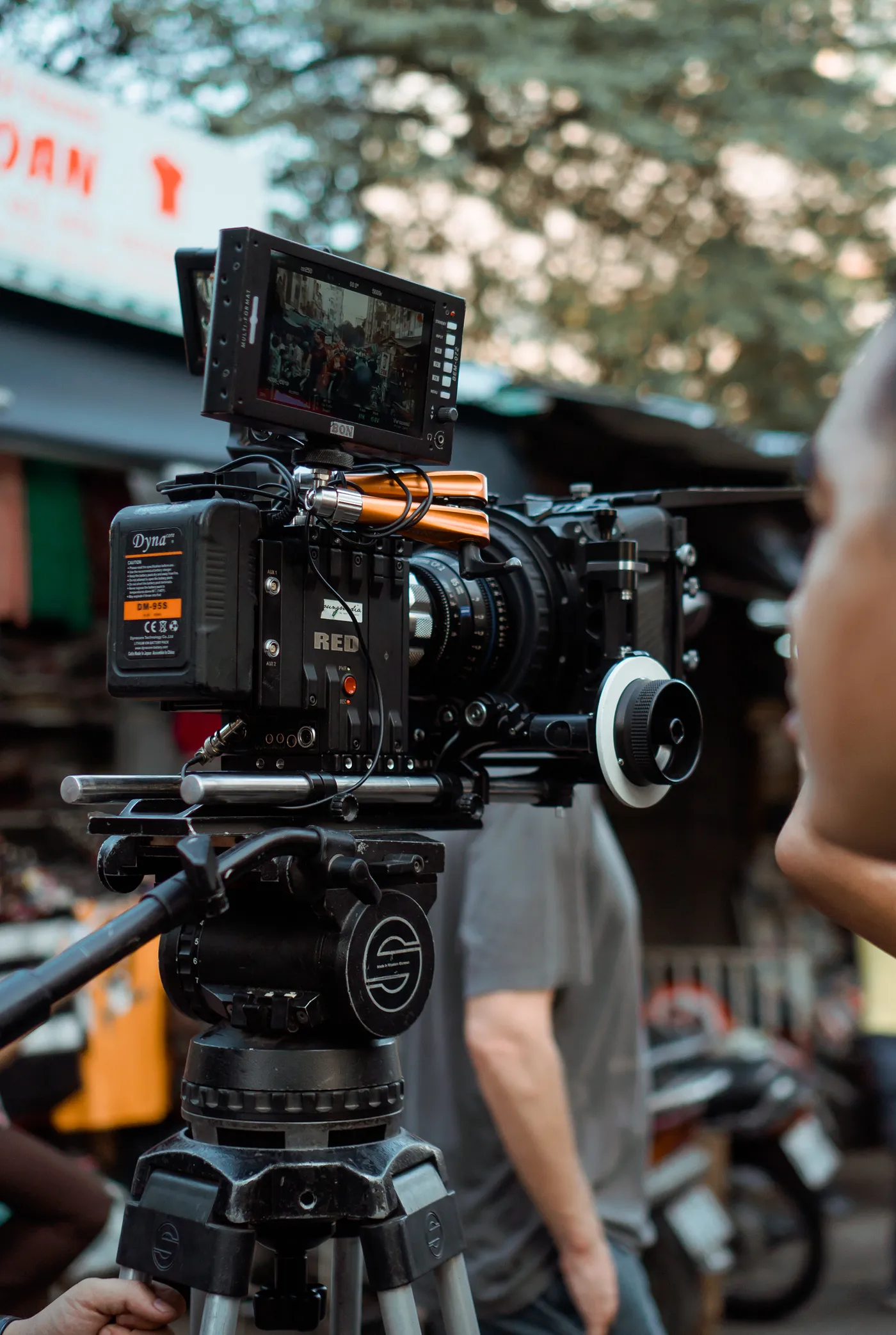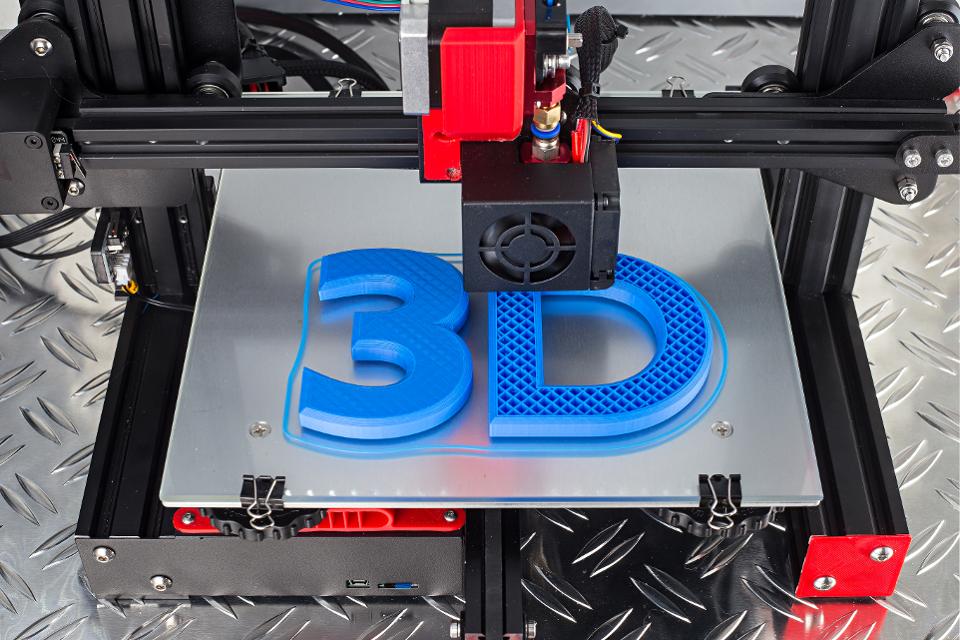Magics Of 3D Printing In Entertainment Industry
The entertainment sector has been quick to adopt new technologies. By materializing digital ideas, 3D printing in entertainment industry has completely changed the manufacturing process. Movies, TV shows, computer games, and amusement parks have all made use of this technology.
Author:James PierceReviewer:Elisa MuellerFeb 08, 202471 Shares11.7K Views

The entertainment sector has been quick to adopt new technologies. By materializing digital ideas, 3D printing in entertainmentindustry has completely changed the manufacturing process. Movies, TV shows, computer games, and amusement parks have all made use of this technology.
The use of additive manufacturing is growing in the film business, and special effects have emerged as a key draw for viewers. Animated features, Marvel blockbusters, and even Avatar are all making use of 3D technology on site.
The employment of these technologies enhances the realism of films by giving life to unique design prototypes, props, costumes, and more.
There has been a dramatic shift in the entertainment industry's approach to prop and costume design, production, and audience engagement with the advent of cutting-edge 3D printing technologies like Stratasys Fused Deposition Modeling (FDM) and PolyJet.
What Is 3D Printing In Entertainment?
One of the most fascinating and innovative technologies now reshaping the entertainment business is 3D printing. The process of building three-dimensional items layer by layer is called 3D printing or additive manufacturing.
This technology has the ability to revolutionize the way movies and TV shows are made, from the creation of sets and props to the manufacturing of costumes and special effects.
The usage of 3D printing in the film and entertainment industries is growing quickly as producers and designers become more aware of the benefits and potential of this technology. The film and entertainment business is rapidly embracing 3D printing as a crucial tool.
It has several potential applications in the film and TV industries, including the creation of elaborate props, one-of-a-kind clothing items, and realistic, lifelike people and monsters for use in special effects.
Benefits Of 3D Printing
One of the main benefits of 3D printing for the film and entertainment industries is the potential for higher production and decreased costs. Traditional production methods, such as sculpting and molding, may be expensive and time-consuming.
Meanwhile, 3D printing allows for the rapid and inexpensive production of sets, props, and costumes. If a designer wants to save time and cut costs, they can use a 3D printer to make a digital model instead of hand-sculpting a prop.
The media and entertainment industries may also benefit from 3D printing's increased design options and personalization. Thanks to 3D printing, designers can now produce complex, sophisticated items that were previously impossible or extremely difficult to make using traditional methods. Designers now have greater room to express their creativity when working on projects, and new narrative possibilities arise as a result.
3D printing also helps the entertainment industry with turnaround times. A set piece or prop might take weeks—if not months—to make using conventional manufacturing techniques.
But with 3D printing, a designer can make a model in their head, print it out, and then have the final product in only a few hours. Because of this, the production process may be more adaptable and quick, which in turn helps projects stay on track financially and time-wise.
Potential Of 3D Printing In Entertainment Industry
Rapid technological advancements in 3D printing are having an effect on the film and entertainment industries. The capacity to manufacture complex things, personalized clothing, and lifelike animals and personalities is driving 3D printing's rapid adoption in the film and entertainment industries.
Still, it's important to think about the potential problems and restrictions, as this is a new technology. To reach 3D printing's full potential in the film and entertainment sector, we must solve concerns related to accessibility and cost, quality control, and intellectual property rights.
Regardless of these challenges, 3D printing has a promising future in the entertainment and media industries. As technology improves, it will become more accessible and affordable, allowing more designers and producers to reap its benefits. As 3D printing technology advances, it will also provide new avenues for creative expression and storytelling.
There is great potential for 3D printing to become more integrated into the film and entertainment industries, which is already altering the creation of movies and television shows. As 3D printing technology improves and becomes more accessible, we may expect to witness an increase in the number of designers and creators who employ it to give life to their tales on screens big and small.
Rapid Prototyping And Cost Reduction
Because 3D printing allows for quick development of set designs, costumes, and props, it has completely changed the entertainment business. This is especially true in the film and television industries, where faster production cycles and lower costs have resulted.
Production firms may now save time and money by using online 3D printing services to create complicated geometries and sophisticated props and costumes.
Thanks to the adaptability of 3D printing services, changes and customizations can be made with ease, guaranteeing that the output stays true to the creative concept. Because of this adaptability, there is more room for innovation and experimentation, and we can respond to customer needs and suggestions more effectively throughout production.
Online 3D printing has had far-reaching effects on the entertainment business, going well beyond the obvious time and money benefits. As a result, designers are able to make more accurate prototypes, which in turn leads to more aesthetically pleasing costumes and props that immerse viewers in the experience.
3D printing services bring a whole new level of realism to the entertainment sector with their elaborate designs and complicated geometry.
Designers, prop builders, and costume designers can all work together more effectively with 3D printed prototypes and models because to the technology's ability to streamline the manufacturing process. A more unified and aesthetically pleasing end result is the consequence of less red tape and better comprehension of the creative goal.
Character Design And Animation
The advent of 3D printing has revolutionized the animation and character creation industries. Character sculpture for movies, TV shows, and video games used to be a very laborious, labor-intensive process. The advent of online 3D printing services has completely altered this procedure, making it much easier for artists to create tangible replicas of their digital creations.
You may learn more about the character's proportions, size, and possible mobility restrictions by using the very accurate physical models that 3D printers produce. To create more realistic and subtle animations, animators can use this physical model to look at the character's features from all angles.
Using these models, directors may see how well various performers match the character's physical traits, and then cast an actor who truly portrays those traits. 3D printing has many uses beyond just making things; the actual models may be used as marketing materials and even as souvenirs, like limited-edition figurines of famous characters.
Because artists may make changes to the digital model and subsequently print updated physical copies, 3D printing also allows for a more collaborative and iterative design process, which helps to refine and improve designs. Because of this leeway, more creative freedom may be used, ultimately leading to more interesting and aesthetically pleasing characters.
By making character design and animation more accessible through 3D printing, the entertainment industry is getting a more varied and inclusive representation of voices. This is especially true for freelance animators and game developers who may not have access to big production budgets.
FAQs - 3D Printing In Entertainment
How Is 3D Printing Influencing Set Design In The Entertainment Industry?
3D printing has revolutionized set design by enabling the creation of intricate and customized props, scenery, and set pieces. This technology allows for cost-effective, rapid prototyping and facilitates the realization of creative visions in film, TV, and theater.
What Role Does 3D Printing Play In Costume Design For Movies And TV Shows?
In the realm of entertainment, 3D printing is reshaping costume design. Designers utilize this technology to craft intricate and detailed costumes, providing actors with unique and personalized outfits that contribute to the visual appeal of productions.
How Is 3D Printing Contributing To The Creation Of Special Effects In Films?
3D printing has become a vital tool for generating realistic and captivating special effects in films. From creature design to intricate props, the technology allows filmmakers to achieve a level of detail and complexity that was previously challenging or impossible.
Are There Any Notable Examples Of 3D-printed Elements In Recent Entertainment Projects?
Numerous entertainment projects have incorporated 3D-printed elements. Notable examples include the use of 3D-printed props, set pieces, and even characters in films and TV shows, showcasing the versatility and impact of this technology.
How Is 3D Printing Influencing The Accessibility Of Prop Creation For Independent Filmmakers?
3D printing is democratizing prop creation for independent filmmakers by offering an affordable and efficient means of producing high-quality props. This accessibility allows smaller productions to achieve professional-looking results without breaking the budget.
Final Words
As a potent new tool, use of 3D printing in entertainment is changing the way artists bring their ideas to reality.
The advent of 3D printing has sped up production cycles, reduced costs, and improved audience engagement in a variety of industries, including quick prototyping, character creation, visual effects, and theme park experiences.
The potential applications of 3D printing in entertainment sector are practically limitless, and we can only wait to see what the future holds in terms of creating more immersive and interesting content for viewers all around the globe.

James Pierce
Author

Elisa Mueller
Reviewer
Latest Articles
Popular Articles
